Sensory screening
Instruction
In this topic you will learn about sensory screening.
What is sensory screening?
Sensory screening involves simple tests and checks to see if a child might have:
- A problem with vision and/or hearing
- An eye or ear health problem.
Screening does not confirm a diagnosis, disease or condition.
Screening identifies that a child needs a referral to trained eye and/or ear care personnel for further action.
Tip
All children need to participate in sensory screening. This includes children with disabilities (physical, learning and/or sensory).
Meet Ju
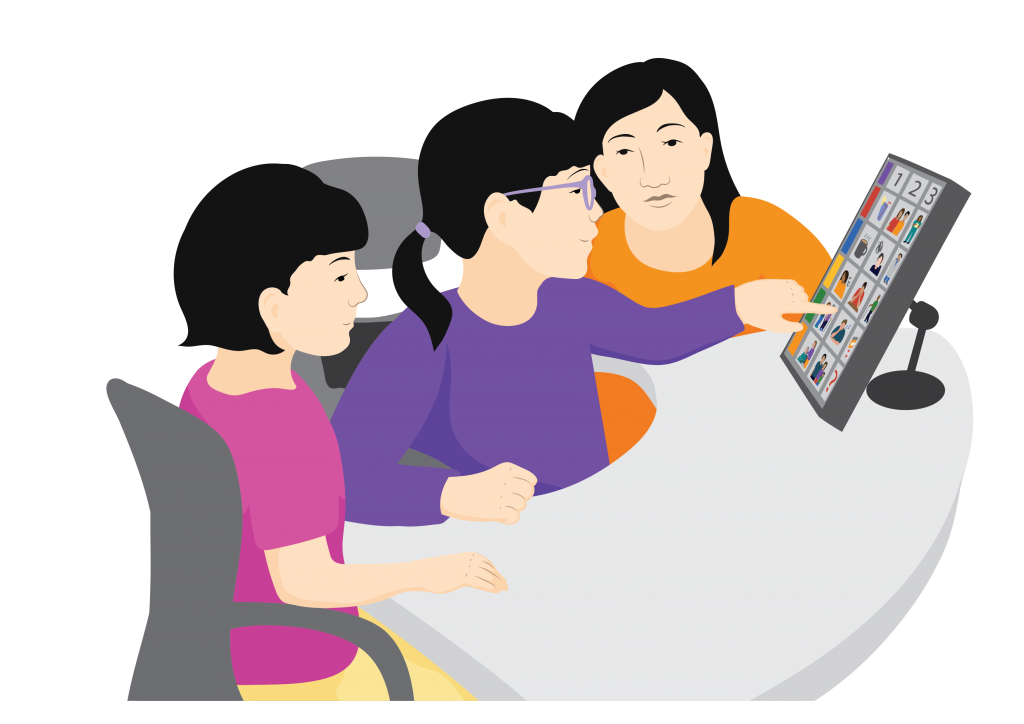
Ju’s teachers were worried that she was not able to see well at school. Sensory screening showed that she needed a referral to eye care personnel. After an assessment, she was prescribed spectacles.
How does screening help?
Screening can help to:
- Identify vision and hearing problems early in a child’s life
- Make referrals to other services quickly, to prevent further damage to vision and hearing
- Avoid or reduce the negative impacts of a sensory problem on a person’s life.
Meet Manuel

Manuel had an eye infection when he was a child which lasted for several months. The infection was eventually identified and treated by a health professional. The delay caused damage to his eyes and his ability to see well.
A school screening programme could have identified the infection sooner and prevented his vision problems.
How often does screening happen?
Children should receive sensory screening:
- At school entry
- Repeated every 1 to 2 years.
Meet Anju
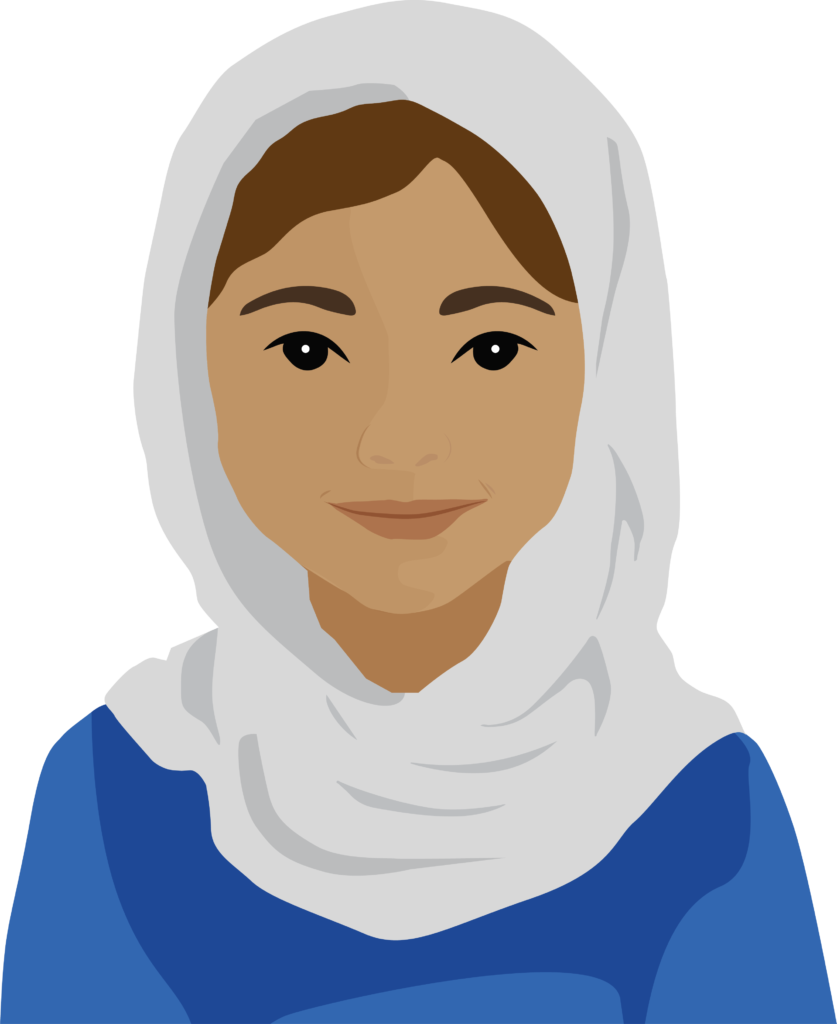
Anju received sensory screening when she started school.
Before then, she had repeated ear infections which affected her ability to hear what the teacher was saying in school.
The screener found signs of an ear infection and referred her to local ear care personnel.

After treatment Anju does not have ear infections anymore. She is doing well at school.
Anju is an example of a child who benefitted from sensory screening and referral to prevent hearing loss.
What is involved in sensory screening?
Vision and hearing screening follows a step-by-step process.
This includes:
- Obtaining consent and basic information from parents/caregivers about the child’s health, vision and hearing
- Carrying out the screen:
- Testing for vision and hearing ability
- Checking eye and ear health
- Referring children to eye or ear care personnel if needed.

The Screening Process – flowchart

The Screening Process – flowchart
Tools used in sensory screening
The person carrying out the screen (‘the screener’) will use:
- Vision charts to test vision
- Torch to look at the eyes
- Sound level meter to check background noise levels
- Audiometer to test hearing
- Otoscope to look in ears.

Vision chart (HOTV)
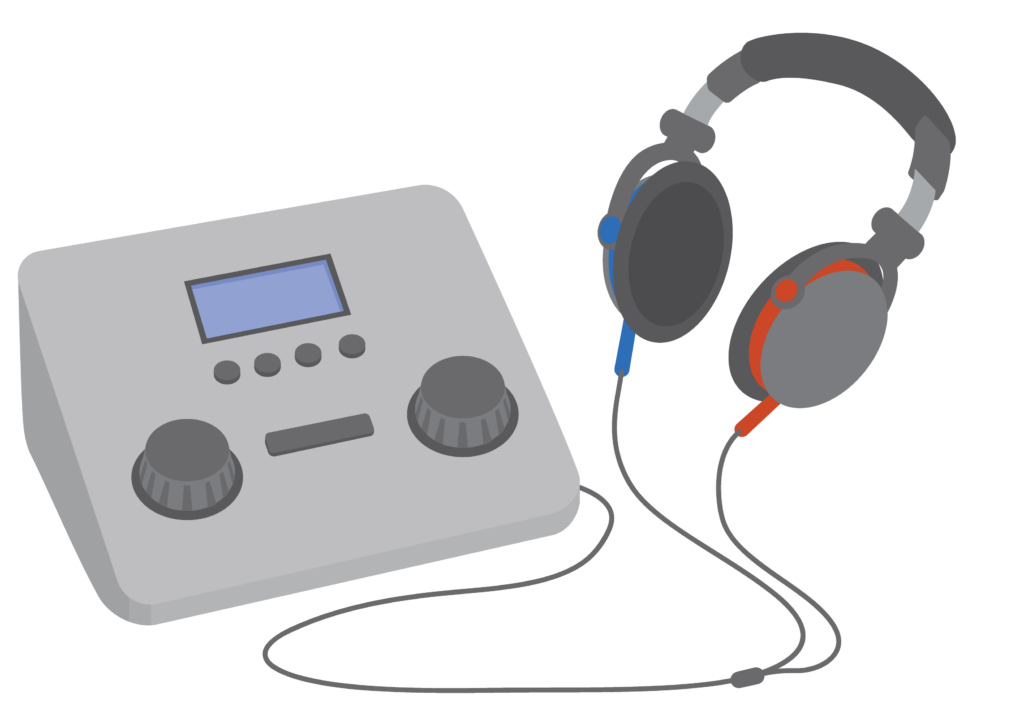
Audiometer
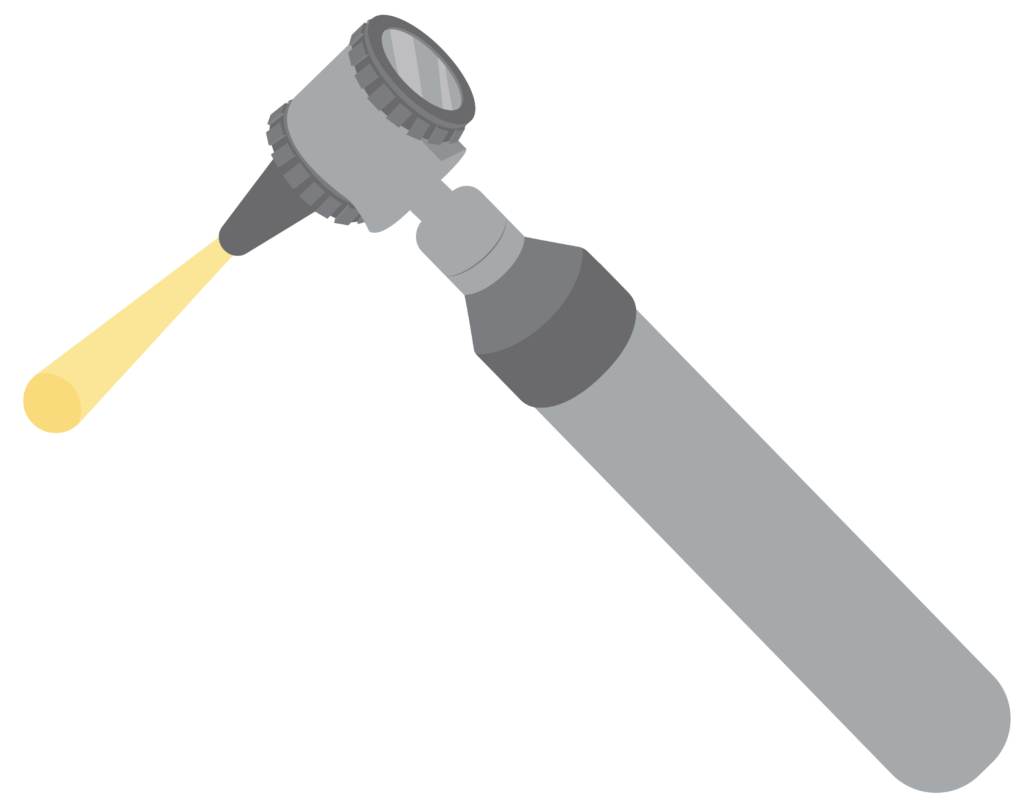
Otoscope
Audiometers
The type of audiometer used will depend on what is available in the local setting and whether there is a regular power supply or internet connection.

Audiometer machine
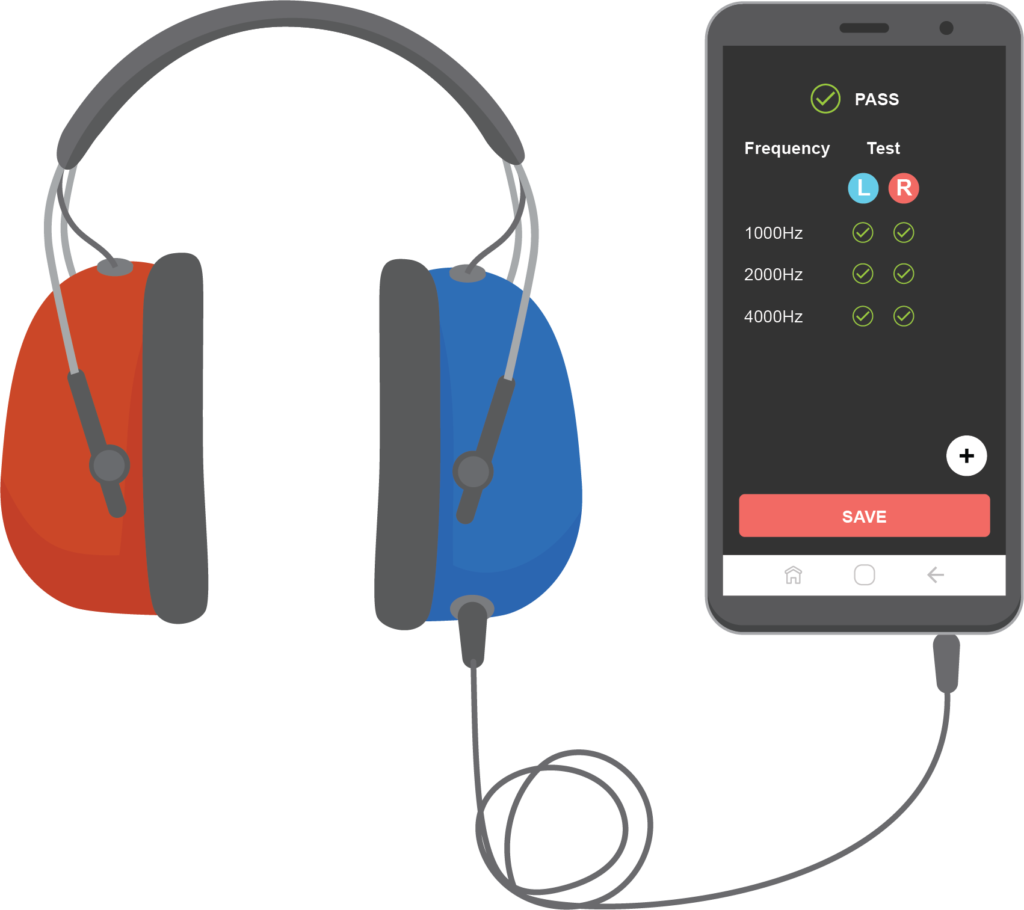
Audiometer app on smartphone
Sound level meters
A sound level meter is used to check that the background noise levels are low enough for hearing screening to take place.
Tip
A sound level meter can be purchased or an app can be downloaded onto a mobile phone: for example hearWHO app.
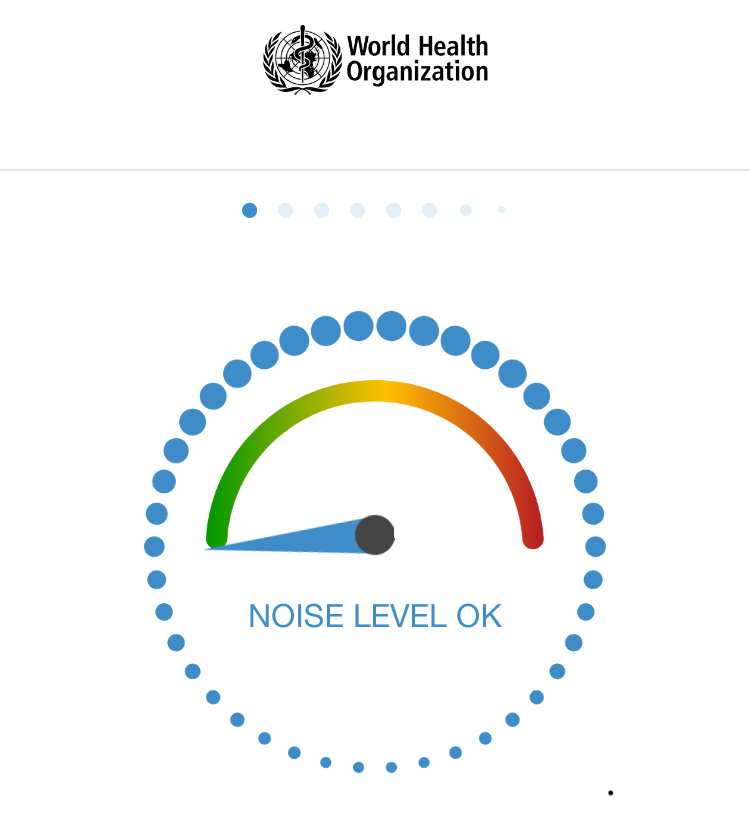
Screen form
The results of the sensory screening are recorded on the Screen form.
The child should be referred to trained eye and/or ear care personnel if the screening identifies a possible problem with:
- Vision and/or eye health
- Hearing and/or ear health.
Instruction
If you haven’t already, print the Screen form. You can also find the form in the Vision and hearing screening for school-age children implementation handbook.
Why combine a vision and hearing screening?
Screening for vision and hearing are sometimes completed separately. However, combined screening is best.
A combined screen can:
- Identify problems of vision and/or hearing earlier in a child’s life
- Reduce costs and time.

